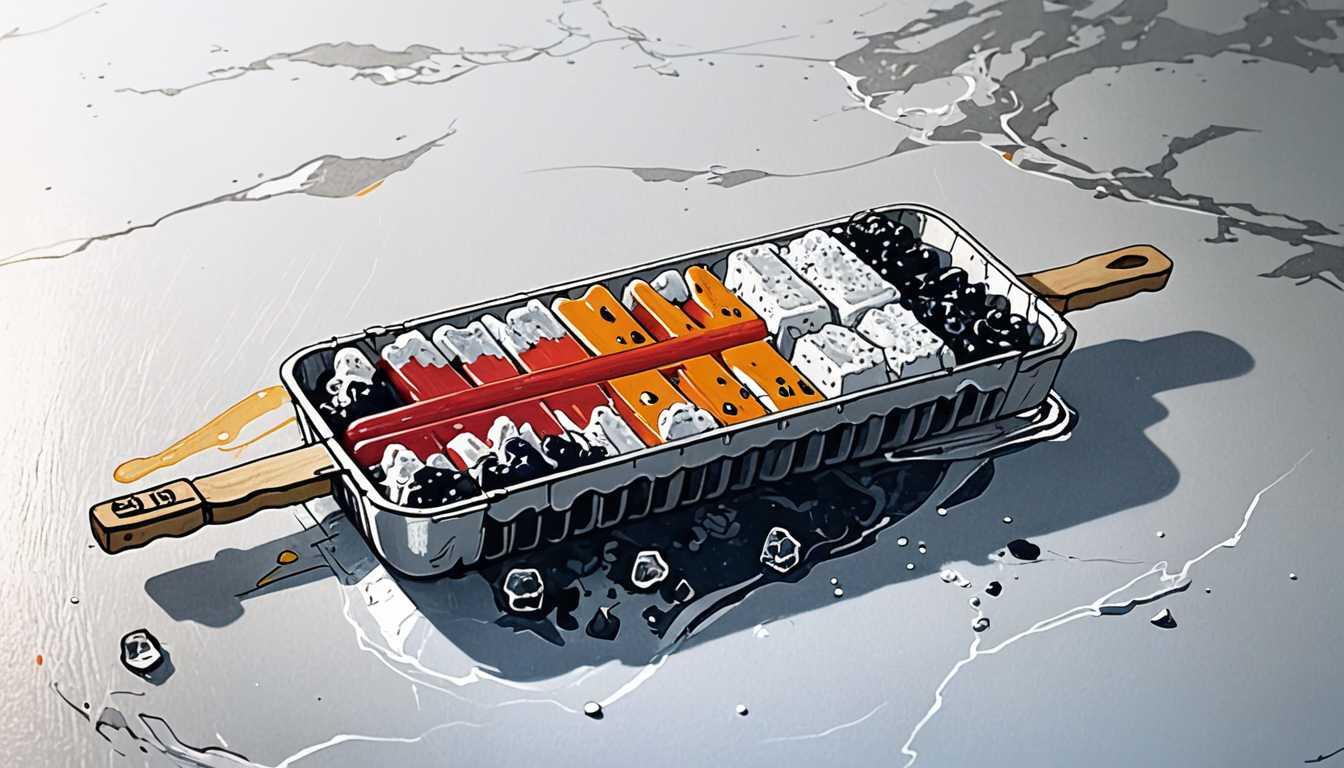Pyrex: The Glass Revolution
June 2015
Smithsonian Magazine
Introduction
Dive into the fascinating tale of Pyrex, where a simple kitchen mishap in 1914 sparked a revolution in the world of cookware! Discover how Bessie Littleton's cracked casserole dish led her husband, a physicist at Corning Glass Works, to innovate the first consumer cooking products made of temperature-resistant glass. Smithsonian Magazine takes us on a journey from Pyrex's humble beginnings to becoming a kitchen staple, celebrating a century of culinary innovation. Uncover the story that transformed glass into "America's Favorite Dish" and the colorful, durable legacy that Pyrex has cooked up over the years. Get ready to shatter your expectations about glass!
READ FULL ARTICLEWhy It Matters
Discover how this topic shapes your world and future
Glass, Glorious Glass!
Imagine a world where your favorite cake comes out of the oven perfectly every time, thanks to a dish made of a special kind of glass. This isn't a fantasy—it's the reality created by Pyrex, a brand that revolutionized the way we think about cooking with its temperature-resistant glassware. The story of Pyrex begins with a simple problem: a cracked casserole dish. But from this problem arose an innovation that changed kitchens around the globe. Pyrex didn't just make baking easier; it sparked a new age of material science, challenging our perceptions of glass and leading to its use in everything from coffee pots to car windshields. This tale of transformation shows how curiosity and experimentation can lead to groundbreaking inventions that impact our daily lives. For you, this might mean looking at the ordinary objects around you with a new sense of wonder, pondering what other everyday problems could be solved with a bit of innovative thinking.
Speak like a Scholar
Borosilicate glass
A type of glass with low thermal expansion; it resists breaking when it changes temperature.
Alumino-silicate glass
Another heat-resistant glass, tougher and more resistant to thermal shock than borosilicate.
Thermally tempered
A process that makes glass stronger and safer by heating it and then cooling it rapidly.
Home economics
The study of how to manage a home efficiently, including cooking, cleaning, and budgeting.
Material science
The study of the properties and applications of materials of construction or manufacture (like metals, polymers, ceramics, and glass).
Automated production
The use of machinery and technology to produce goods with minimal human intervention.
Independent Research Ideas
The evolution of kitchenware materials
Investigate how the materials used in kitchenware have evolved over the last century, from metal to glass to silicone, and analyze the impact on cooking and baking efficiency.
Glass in modern architecture
Explore how the development of durable glass types like Pyrex has influenced modern architectural designs, focusing on the role of transparency and light.
The science of heat-resistant glass
Dive into the chemistry and physics behind heat-resistant glass, comparing borosilicate and alumino-silicate glasses, and their applications beyond the kitchen.
Sustainability in material science
Research the sustainability of different materials used in household products, with a focus on the environmental impact of producing and recycling glassware like Pyrex.
Cultural impact of Pyrex
Examine how Pyrex has influenced cooking and dining culture globally, from its role in home economics to its presence in art and design museums.
Related Articles

3D Printing Electromagnetic Revolution
February 2024
Massachusetts Institute of Technology (MIT)

Hydrogel: The Heat-Loving Moisture Magnet
April 2023
Massachusetts Institute of Technology (MIT)

Gel That Quenches Deserts
June 2023
Massachusetts Institute of Technology (MIT)

Popsicles That Won't Melt: Science's Cool Trick
August 2018
Smithsonian Magazine

Revolutionizing AI: A Greener Future
May 2023
Stanford University